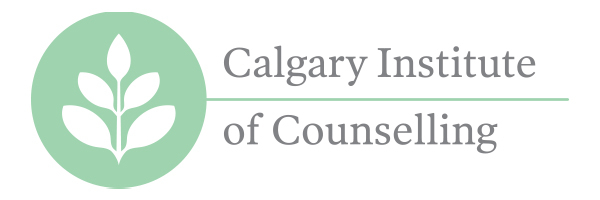Acceptance, Change, and Why They Thrive Together
Humans are social creatures by design. We, quite literally, need other humans to survive. As infants we
are helpless and completely dependant on our caregivers to respond to our cries and to meet our every
need. So, it makes sense that a universally human and deep-seeded fear is that of being defective, not
good enough or not worthy of love – all of which would lead to being abandoned or rejected, leaving us
alone and helpless in this big scary world.
Not only is this fear built into our DNA, but it is preyed upon by the media. We are bombarded with
messages that tell us we are not good enough, but we could be with the purchase of this product. We
could be beautiful with the purchase of this wrinkle cream or concealer. We could be loved if we only
lost weight with the help of this diet program. We could be admired if we buy this workout program to
get a beach body.
The Acceptance Paradox
To some extent, most of us have internalised this belief that we are not quite good enough. And we are
conditioned to believe that we need to dislike where we are, or who we are in order to get the
motivation to change. You might even be thinking it right now, if we liked who we were then why would
we change?
The Acceptance Paradox (which is backed by science, by the way) says the opposite. When we accept
ourselves for who we are, positive change is spontaneous. When we accept ourselves, we can see the
good in our actions and our intentions even when things don’t go our way. We recognise that we have
value as whole human; that it is both our strengths and our weaknesses that make us who we are, and
that we need them both. These realisations inspire positive change naturally – we begin to make
heathier choices because we believe, deep down, that we have value and are worthy. And when we
believe we are worthy, worthy of love, happiness, success, friendship, worthy of living a fulfilling life, we
start to subconsciously invest in ourselves in ways we never would if we believed that we were
worthless.
What is Self-Acceptance?
Self-acceptance is not synonymous with giving up, it does not mean that we stop working hard, or stop
progressing. Self-acceptance is simply acknowledging who we are as whole person, our strengths and
our weaknesses, and saying (and believing) “It is okay to be who I am, I am a whole and imperfectly
beautiful person, just as I am”.
How to Practice Self-Acceptance
There are any number of things we can do to practice self-acceptance and each practice is unique to the
individual.
Affirmations are a great way to practice self-acceptance and love. These are statements to strengthen
your relationships with yourself by placing your power in the good rather than the negative thoughts.
Common affirmations are “I possess the qualities needed to be extremely successful”, “My body is
healthy; my mind is brilliant; my soul is tranquil”, or “I am conquering my illness; I am defeating it
steadily each day”.
Come up with ones that resonate for yourself, write them down, say them to yourself in a mirror, and repeat them throughout your day.
The more you say them the stronger your
belief in them.
Own your mistakes. You can only learn and grow from things that you acknowledged happened. So,
when you feel guilt, regret, or you simply wish you would have handled things differently, own what you
did. Acknowledge it, reflect on why you handled the situation the way you did, and own it so that you
can learn from it. Even better, talk with a safe person in your life about it, chances are they can relate
which will help you feel more acceptable.
References
https://www.psychologytoday.com/ca/blog/healthy-change/201403/the-paradox-acceptance-and-
